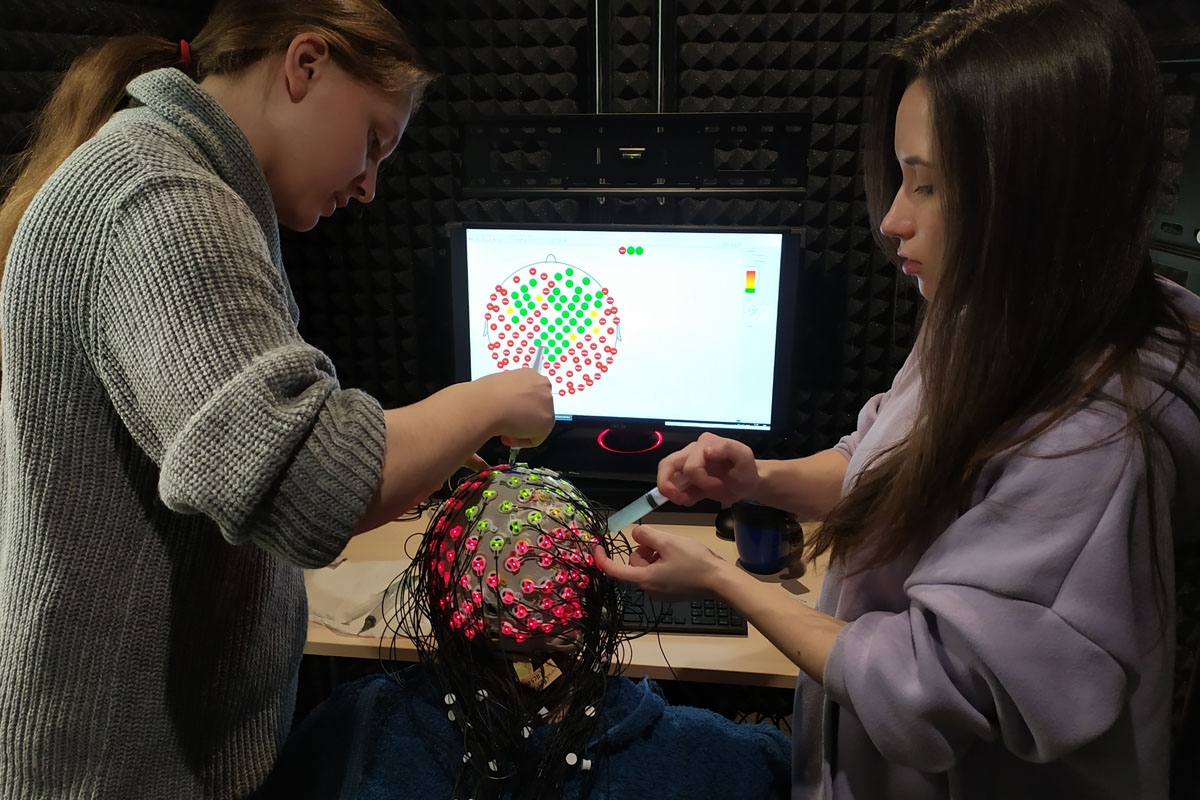Electrophysiological Evidence of Dissociation Between Explicit Encoding and Fast Mapping of Novel Spoken Words
Explicit and implicit learning can be successful for rapid word acquisition
Researchers from the Laboratory of Behavioural Neurodynamics at St Petersburg University have studied neural mechanisms of explicit and implicit language learning using high-density electroencephalography.
Existing behavioral, neuropsychological and functional neuroimaging data suggest that at least two major cognitive strategies are used for new word learning: fast mapping (FM) via context-dependent inference and explicit encoding (EE) via direct instruction. However, these distinctions remain debated at both behavioral and neurophysiological levels, not least due to confounds related to diverging experimental settings. Furthermore, the neural dynamics underpinning these two putative processes remain poorly understood. To tackle this, we designed a paradigm presenting 20 new spoken words in association with pictures in either FM or EE settings, closely matched for auditory and visual features and overall task demands.
We tested word acquisition using a range of behavioral measures as well as passive event-related potential (ERP) responses, an established measure of word memory trace activation, and compared brain activity elicited by novel FM and EE words before and after the learning session. Behavioral data obtained in free recall, recognition and semantic word-picture matching tasks indicated successful acquisition of new words after just 10 exposures.

Crucially, we found no behavioral evidence of different acquisition outcomes between FM and EE learning. ERP data, which exhibited the main response peaks at ~170, 250, and 520 ms, also indicated successful learning, with statistically different responses between novel and familiar words present only before, but not after the training, suggesting rapid formation of new neural memory circuits matching in activation those for previously known words.
You could find article here.
